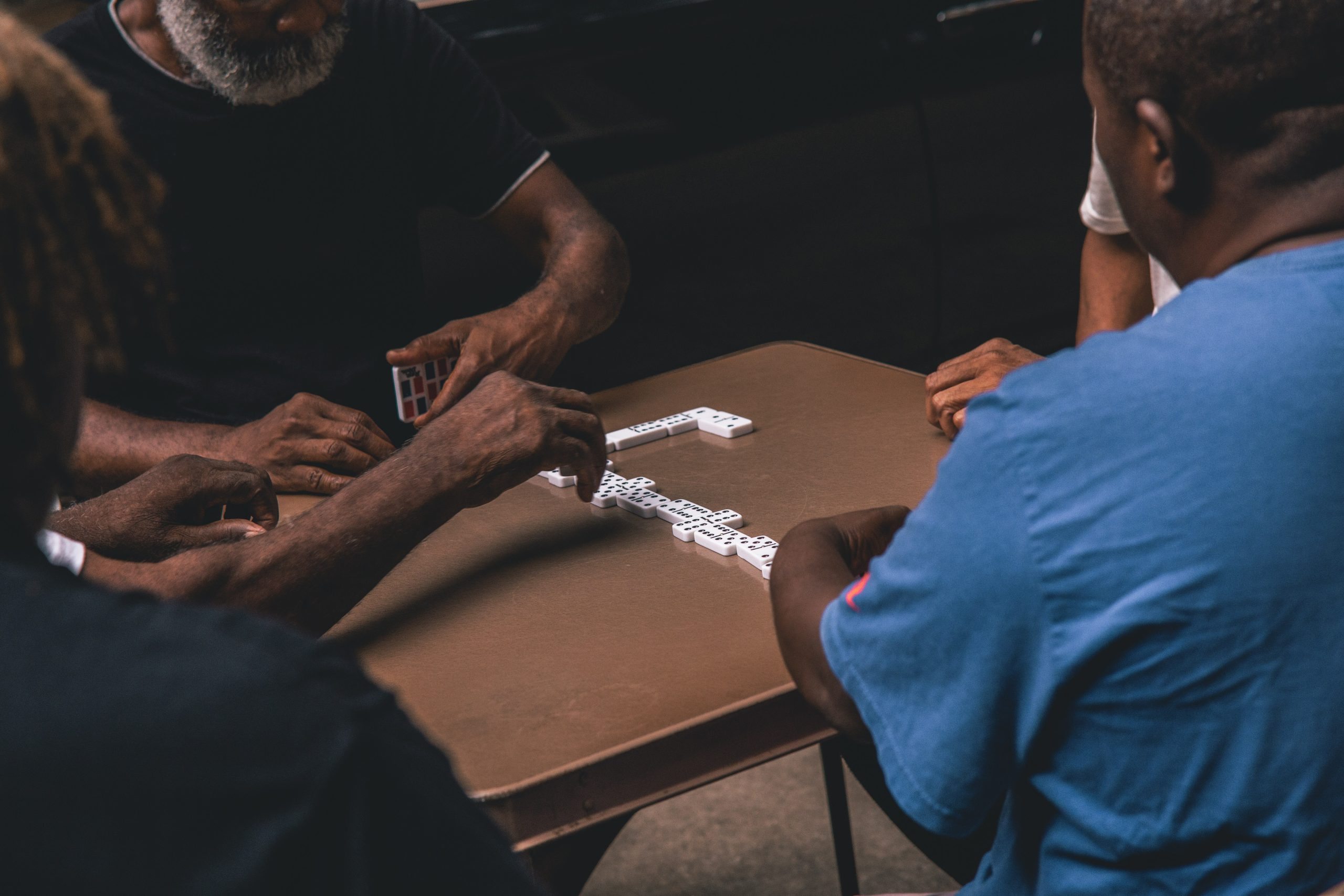Alzheimer’s Care: Making Your Home Safe and Accessible

The image is not directly related to the article. It merely symbolizes the life of elderly people.
Alzheimer’s Care: Making Your Home Safe and Accessible
What are some general safety tips for caring for someone with Alzheimer’s at home?
Remove any potential hazards such as loose rugs or furniture that may cause the person to trip or fall. Install grab bars in the bathroom and shower to assist with mobility. Keep all medications and cleaning products locked away to prevent accidental ingestion. Install smoke and carbon monoxide detectors for added safety.
How can I make the home more accessible for someone with Alzheimer’s?
Install ramps or chairlifts to assist with mobility if there are stairs in the home. Make sure doorways are wide enough to accommodate a wheelchair or walker. Remove any clutter or obstacles that may impede movement. Label rooms and cabinets to make it easier for the person to find what they need.
How can I improve lighting in the home to make it safer for someone with Alzheimer’s?
Install brighter light bulbs in all rooms and consider adding additional lighting in areas where the person spends a lot of time. Use night lights in the hallway and bathroom to prevent falls. Make sure all light switches are easily accessible and labeled for easy use.
What should I do if the person with Alzheimer’s wanders or gets lost?
Install locks on doors and windows that the person may try to use to wander outside. Consider installing a home security system with GPS tracking in case the person does wander away. Keep a recent photo of the person on hand and notify neighbors and local law enforcement if they do wander off.
What are some resources available for caregivers of people with Alzheimer’s?
There are many resources available for caregivers of people with Alzheimer’s, including support groups, respite care services, and home health care providers. The Alzheimer’s Association and local senior centers may also offer helpful resources and information.
Caring for someone with Alzheimer’s can be a challenging task, but making your home safe and accessible can make a big difference. By following a few simple tips, you can help prevent falls and other accidents while making it easier for the person to navigate their surroundings.
One of the most important things you can do is remove any potential hazards from the home. Loose rugs, furniture, and clutter can all pose a risk to someone with Alzheimer’s, so it’s important to keep the living space as clean and organized as possible. Installing grab bars in the bathroom and shower can also help prevent falls and assist with mobility.
Making the home more accessible is another important step. If there are stairs in the home, consider installing ramps or chairlifts to make it easier for the person to move around. Doorways should also be wide enough to accommodate a wheelchair or walker, and all clutter and obstacles should be removed.
Improving lighting is another key factor in making the home safe and accessible. Brighter light bulbs and additional lighting can help prevent falls, and night lights in the hallway and bathroom can make it easier for the person to navigate at night.
If the person with Alzheimer’s is prone to wandering or getting lost, it’s important to take steps to prevent this. Installing locks on doors and windows can help, as can a home security system with GPS tracking. Keeping a recent photo of the person on hand and notifying neighbors and local law enforcement can also help in case they do wander off.
Finally, it’s important to remember that caregivers of people with Alzheimer’s need support as well. Support groups, respite care services, and home health care providers can all offer helpful resources and information. The Alzheimer’s Association and local senior centers are also good places to start when looking for resources.
By making your home safe and accessible and seeking out support, you can help ensure that caring for someone with Alzheimer’s is a little easier and less stressful.
The image is not directly related to the article. It merely symbolizes the life of elderly people. Alzheimer’s Care: Making Your Home Safe and Accessible What are some general safety tips for caring for someone with Alzheimer’s at home? Remove any potential hazards such as loose rugs or furniture that may cause the person to…
Recent Posts
- Empowering Caregivers: The Best Online and Offline Resources to Enhance Your Skills
- Traveling with a Purpose: The Rise of Volunteer Vacations
- Breaking Stigma: Dispelling Myths about Mobility Aids and Disability
- Avoiding Probate: How Trusts Can Simplify the Estate Settlement Process
- Senior Citizens Beware: Common Financial Scams and How to Stay Protected

